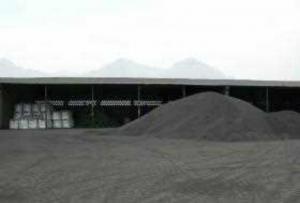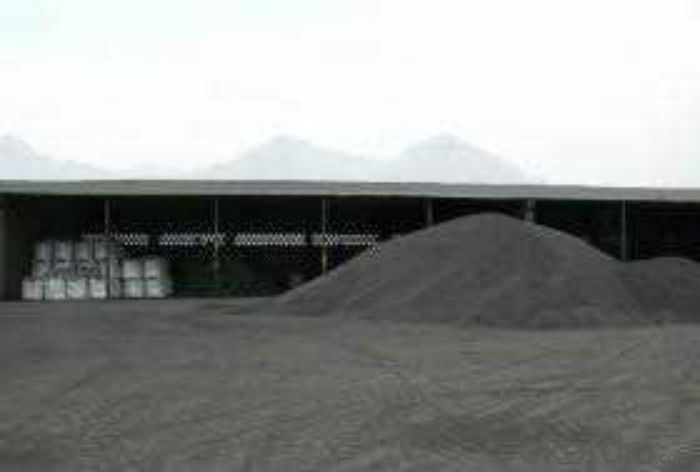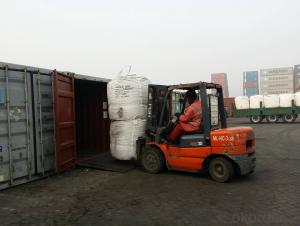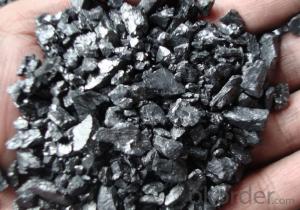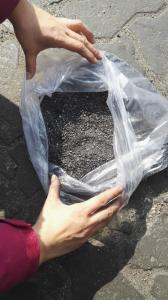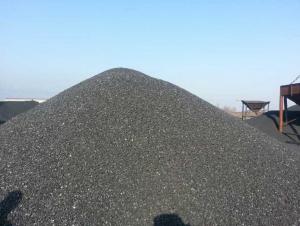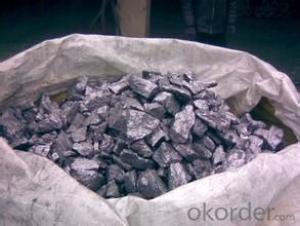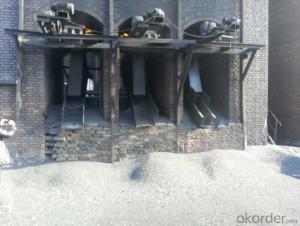FC90% Calcined Anthracite Coal with Low VM
- Loading Port:
- Shanghai
- Payment Terms:
- TT OR LC
- Min Order Qty:
- 40 m.t.
- Supply Capability:
- 9700 m.t./month
OKorder Service Pledge
OKorder Financial Service
You Might Also Like
Introduction
Calcined Petroleum Coke comes from delayed coke which extracted from oil refinery. Although Calcined Petroleum Coke contains a little bit higher level of sulfur and nitrogen than pitch coke, the price advantage still makes it widely used during steel-making and founding as a kind of carbon additive/carburant.
Features
Carbon Additive also called Calcined anthracite Coal, Gas Calcined Anthracite Coal, Carbon Raiser, Recarburizer, charging coke and etc.
It is playing more and more important role in the industry.The main raw material of our Carbon Additive is Ningxia unique high quality Taixi anthracite, with characteristic of low ash and low sulfur. Carbon additive has two main usage, fuel and additive. When being used as the carbon additive of steel-smelting, and casting, the fixed carbon may achieve above 95%.
Best quality Taixi anthracite as raw materials through high temperature calcined at 1200-1250 ℃ for 24 hours by the DC electric calciner with results in eliminating the moisture and volatile matter from Anthracite efficiently, improving the density and the electric conductivity and strengthening the mechanical strength and anti-oxidation, it is becoming more and more popular in the industry. It has good characteristics with low ash, low resistivity, low carbon and high density. It is the best material for high quality carbon products, it is used as carbon additive in steel industry or fuel.
Specifications
PARAMETER UNIT GUARANTEE VALUE | |||||
F.C.% | 95MIN | 94MIN | 93MIN | 92MIN | 90MIN |
ASH % | 4MAX | 5MAX | 6MAX | 7MAX | 8MAX |
V.M.% | 1 MAX | 1MAX | 1.5MAX | 1.5MAX | 1.5MAX |
SULFUR % | 0.5MAX | 0.5MAX | 0.5MAX | 0.5MAX | 0.5MAX |
MOISTURE % | 0.5MAX | 0.5MAX | 0.5MAX | 0.5MAX | 0.5MAX |
Pictures
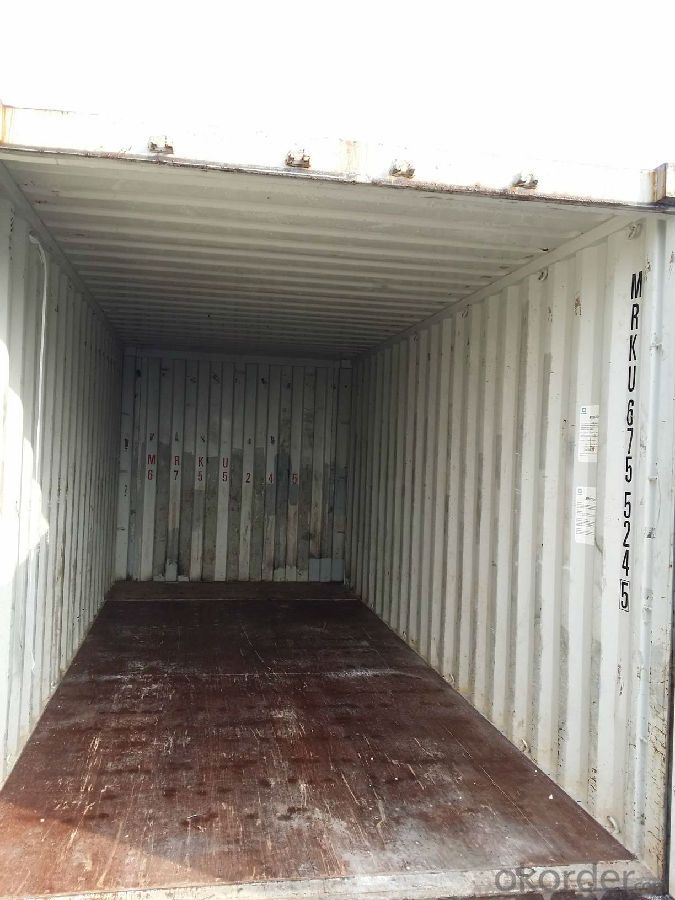
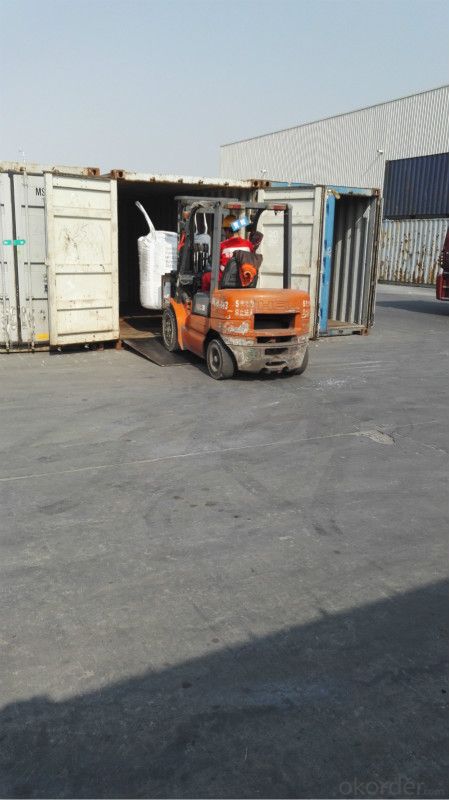
FAQ:
1. What is the packing?
In 25kg bag/ In jumbo bags without pallet/ Two jumbo bags with one pallet/ or as customers’ request
2. What is the production capacity?
10 thousand tons per month
3 What is payment term?
L/C, T/T
4 What is the service?
We will send sample to the third party(CIQ, CCIC, SGS,BV or to be discussed) for checking, and present the test certificate and loading repot of shipment.
- Q: Intend to go to the barbecue and 35 friends over the weekend, but because it is new, so I don't know how to put the carbon burning, found some web sites are also a few pens, see me confused......Hope which experienced friend to help enlighten me, the best to the specific point, thank you ah!
- A few days ago I just go to the barbecue, barbecue in the general store to buy carbon (long, with a hole in the middle of smokeless carbon) is not easy, but is cheaper, you can buy some flammable carbon on the Internet, and then get a little pure alcohol ignition when the flammable carbon below, ordinary carbon. Add a little alcohol, a little on the. It takes about 20 minutes to barbecue! Wish you have a good time.
- Q: What are the challenges and opportunities of transitioning to a low-carbon economy?
- The challenges of transitioning to a low-carbon economy include the need for significant investments in renewable energy infrastructure, the potential loss of jobs in fossil fuel industries, and the complexity of implementing new policies and regulations. Additionally, there may be resistance from certain industries or regions that heavily rely on carbon-intensive practices. However, this transition also presents numerous opportunities. It allows for the development of sustainable and innovative industries, such as renewable energy technologies, electric vehicles, and energy-efficient buildings. It can create new job opportunities in these emerging sectors and stimulate economic growth. Moreover, transitioning to a low-carbon economy helps mitigate climate change, reduce air pollution, and improve public health, leading to a more sustainable and resilient future.
- Q: How does carbon contribute to global warming?
- Carbon contributes to global warming through the greenhouse effect. When carbon dioxide (CO2) and other greenhouse gases are released into the atmosphere, they trap heat from the sun and prevent it from escaping back into space. This leads to an increase in the Earth's surface temperature, causing global warming. The primary source of carbon emissions is the burning of fossil fuels such as coal, oil, and natural gas for energy production, transportation, and industrial processes. These activities release large amounts of CO2 into the atmosphere, which accumulates over time and enhances the greenhouse effect. Additionally, deforestation and land-use changes also contribute to rising carbon levels. Trees and plants absorb CO2 as part of photosynthesis, acting as a natural carbon sink. However, when forests are cleared, this stored carbon is released back into the atmosphere. Moreover, the loss of trees reduces the overall capacity to absorb CO2, exacerbating the problem. The consequences of increased carbon emissions are far-reaching. Rising temperatures result in the melting of polar ice caps and glaciers, leading to sea-level rise and threatening coastal communities. Furthermore, carbon-driven global warming disrupts weather patterns, causing extreme weather events such as hurricanes, droughts, and heatwaves. To mitigate the impact of carbon on global warming, efforts must be made to reduce carbon emissions. This can be achieved through transitioning to renewable energy sources like solar and wind, improving energy efficiency, promoting sustainable practices in agriculture and forestry, and implementing policies that encourage carbon capture and storage. Addressing carbon emissions is crucial in combating global warming and its associated consequences. By understanding the role of carbon in the greenhouse effect, we can work towards a sustainable future that minimizes the harmful effects of climate change.
- Q: What is latent carbon?
- With prochiral carbon atoms called prochiral molecules.For potential chiral compounds, can also be used to determine the order of rule configuration. For example, an atom of hydrogen by deuterium methylene propionate (D) replaced, if converted into R configuration, the hydrogen atom is called latent -R (pro-R) hydrogen atoms into S; if the configuration is called latent -S (pro-S the hydrogen atom).For medical workers, prochiral is an important concept. Almost all of the biological chemical reaction is controlled by the enzyme, the enzyme for prochiral molecules not symmetrically reaction, so they are able to identify two identical atoms or atomic groups, because they are chiral compounds. For example two methylene citric acid and only one methylene by enzymes (from rat liver) into carbonyl group.
- Q: What is carbon nanocomposite coating?
- Carbon nanocomposite coatings, composed of carbon nanotubes or other carbon-based nanoparticles dispersed within a matrix material like polymer or metal, serve as a protective coating for diverse surfaces. The primary goal of these coatings is to enhance the mechanical, thermal, and electrical properties of the material being coated. By incorporating carbon nanoparticles, the coating gains strength, hardness, and wear resistance, resulting in increased durability. Furthermore, it exhibits exceptional resistance to corrosion, making it suitable for use in severe environments. A key advantage of carbon nanocomposite coatings lies in their ability to offer multifunctional properties. For instance, they can be engineered to possess high electrical conductivity, making them ideal for electronics and electrochemical devices. Additionally, they can exhibit high thermal conductivity, making them valuable for dissipating heat in electronic devices or as a thermal barrier coating. Moreover, carbon nanocomposite coatings have demonstrated promising outcomes in various sectors such as aerospace, automotive, energy, and healthcare. In aerospace, they enhance the performance and longevity of aircraft components. In the automotive industry, they provide anti-scratch and self-cleaning capabilities. In energy applications, they improve solar panel efficiency and protect oil and gas pipelines from corrosion. In healthcare, they enable drug delivery, act as antibacterial coatings, and facilitate bio-sensing applications. In summary, carbon nanocomposite coatings offer a wide array of advantages, including enhanced mechanical and electrical properties, corrosion resistance, and multifunctionality. With continuous research and development, these coatings hold immense potential for different industries, providing innovative solutions to address their unique requirements and challenges.
- Q: What are the consequences of increased carbon emissions on tourism industry?
- The consequences of increased carbon emissions on the tourism industry include the deterioration of natural attractions, such as coral reefs and glaciers, which are major tourist draws. Additionally, extreme weather events and rising sea levels can damage infrastructure and disrupt travel plans. The industry may also face increased regulations and taxes aimed at reducing carbon emissions, leading to higher operational costs for businesses. Overall, the consequences of increased carbon emissions on the tourism industry are detrimental to both the environment and the economy.
- Q: What is the carbon footprint of different activities?
- The carbon footprint of different activities refers to the amount of greenhouse gas emissions, particularly carbon dioxide, that are produced as a result of those activities. It varies depending on the type and scale of the activity. Activities such as driving a car, flying, using electricity, and consuming meat and dairy products typically have higher carbon footprints compared to activities such as walking, cycling, using renewable energy, and eating plant-based foods. The carbon footprint of an activity is an important measure to assess its environmental impact and to make informed choices towards reducing our carbon emissions.
- Q: How does carbon impact the formation of smog?
- Carbon plays a significant role in the formation of smog as it is one of the main contributors to the formation of ground-level ozone. When carbon-based pollutants, such as vehicle exhaust and industrial emissions, react with sunlight and other pollutants in the atmosphere, they undergo a complex chemical reaction leading to the production of smog. This smog not only poses health risks to humans but also harms the environment by contributing to climate change and damaging ecosystems.
- Q: What are the properties of carbon-based lubricants?
- Hydrocarbon-based lubricants, or carbon-based lubricants, possess a multitude of unique characteristics that contribute to their high effectiveness in a variety of applications. To begin with, these lubricants demonstrate exceptional thermal stability, enabling them to maintain their lubricating qualities even when subjected to elevated temperatures. This particular feature holds significant importance in industries like aerospace and automotive, where components often operate under extreme conditions. In addition, carbon-based lubricants exhibit outstanding lubricity, effectively reducing friction and wear between moving parts. This attribute is of utmost importance in machinery and equipment, as minimizing friction is crucial for ensuring smooth operation and preventing damage. Furthermore, these lubricants have the ability to bear heavy loads, preventing metal-to-metal contact that can result in premature wear and failure. Furthermore, carbon-based lubricants demonstrate excellent resistance to oxidation, effectively preventing the formation of harmful sludge and deposits that could potentially disrupt machinery performance. This characteristic extends the lifespan of the lubricant, guaranteeing long-term effectiveness and reducing the frequency of lubricant replacements. Moreover, these lubricants possess low volatility, meaning they have a minimal tendency to evaporate. This particular quality proves advantageous in applications where minimizing lubricant loss is essential, such as in sealed systems or high-temperature environments. Additionally, carbon-based lubricants generally exhibit compatibility with a wide range of materials, including metals, plastics, and elastomers. This compatibility ensures that the lubricant does not cause any damage or degradation to the surfaces it comes into contact with, allowing for versatile use across various industries and applications. All in all, the unique properties of carbon-based lubricants, including thermal stability, lubricity, load-carrying capacity, oxidation resistance, low volatility, and material compatibility, make them highly desirable for a wide array of lubrication needs, spanning from automotive and industrial machinery to aerospace and marine applications.
- Q: How is carbon used in the production of fuels?
- Carbon is a critical element in the production of fuels, as it is the main component of fossil fuels such as coal, oil, and natural gas. These fuels are formed from the organic remains of plants and animals that lived millions of years ago. The process of carbonization or carbonization involves subjecting these organic materials to high pressure and temperature over a long period, which transforms them into hydrocarbon-rich substances. Coal, for example, is primarily composed of carbon, along with small amounts of other elements. When coal is burned, this carbon reacts with oxygen, releasing energy in the form of heat. This heat can then be utilized to produce steam, which drives turbines to generate electricity or to power engines in various industries. Similarly, oil and natural gas, which are also predominantly composed of carbon, are extracted from underground reservoirs. These hydrocarbons can be processed through refining to produce various types of fuels, such as gasoline, diesel, and jet fuel. The combustion of these fuels in engines or power plants allows for energy release, enabling transportation and the generation of electricity. In addition to fossil fuels, carbon is also used in the production of alternative fuels like biofuels. Biofuels are produced from renewable sources such as plants, algae, or agricultural waste. The carbon contained in these organic materials can be converted into ethanol or biodiesel through processes like fermentation or transesterification, respectively. These biofuels can then be used as substitutes for conventional fossil fuels, reducing greenhouse gas emissions and dependence on non-renewable resources. Overall, carbon is an essential component in the production of fuels, whether derived from fossil fuels or renewable sources. Its combustion releases energy, which is harnessed for various purposes, including electricity generation, transportation, and industrial processes. However, it is important to explore and adopt sustainable alternatives to fossil fuels, such as biofuels and renewable energy sources, to mitigate the negative environmental impacts associated with carbon emissions.
Send your message to us
FC90% Calcined Anthracite Coal with Low VM
- Loading Port:
- Shanghai
- Payment Terms:
- TT OR LC
- Min Order Qty:
- 40 m.t.
- Supply Capability:
- 9700 m.t./month
OKorder Service Pledge
OKorder Financial Service
Similar products
Hot products
Hot Searches
Related keywords
